Beowulf: A new translation
Scribe, $27.99 pb, 176 pp
Sparrow in winter
Only one manuscript of Beowulf has survived. It was in Sir Robert Cotton’s library. Cotton had been a student of that careful genius William Camden, who, through a lifetime’s work, formulated a different view of history: not the record of victory but the recollection of lost worlds and times. He and his fellow Antiquarians searched out fragments and ruins: Roman urns in the fields, Saxon burials under St Paul’s, a giant’s thigh-bone under a London cellar. They collected ancient manuscripts.
From the age of eighteen, Cotton began to amass his library. When he heard that the astrologer and alchemist John Dee had buried a bundle of manuscripts in a field, Cotton ‘bought the field to digge after it’ (John Aubrey, Brief Lives). He found a copy of the Magna Carta in a tailor’s workshop. He bought the whole room in Fotheringay Castle where Mary Stuart was beheaded and had it rebuilt in his own house.
Continue reading for only $10 per month. Subscribe and gain full access to Australian Book Review. Already a subscriber? Sign in. If you need assistance, feel free to contact us.



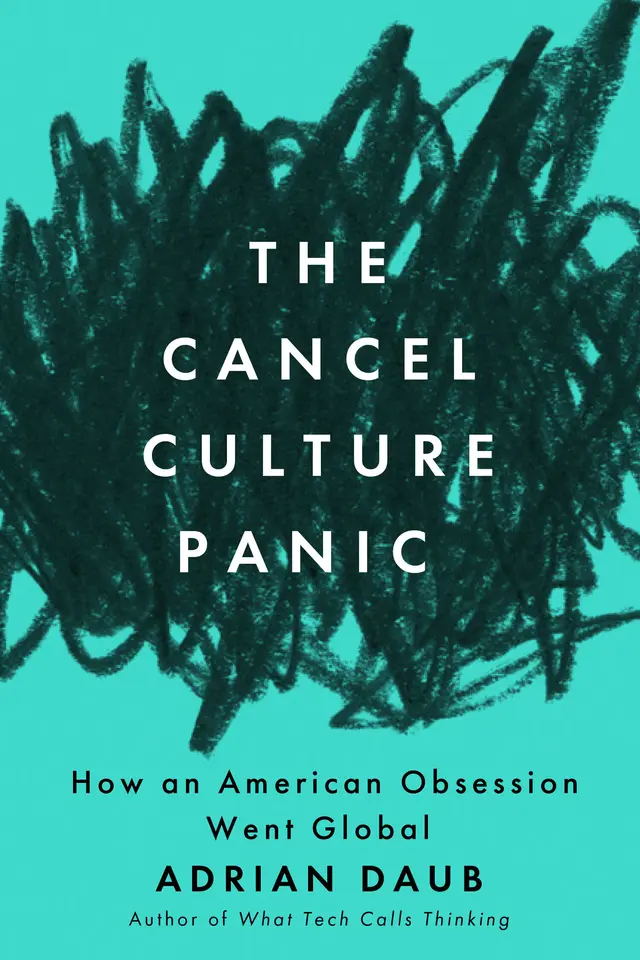
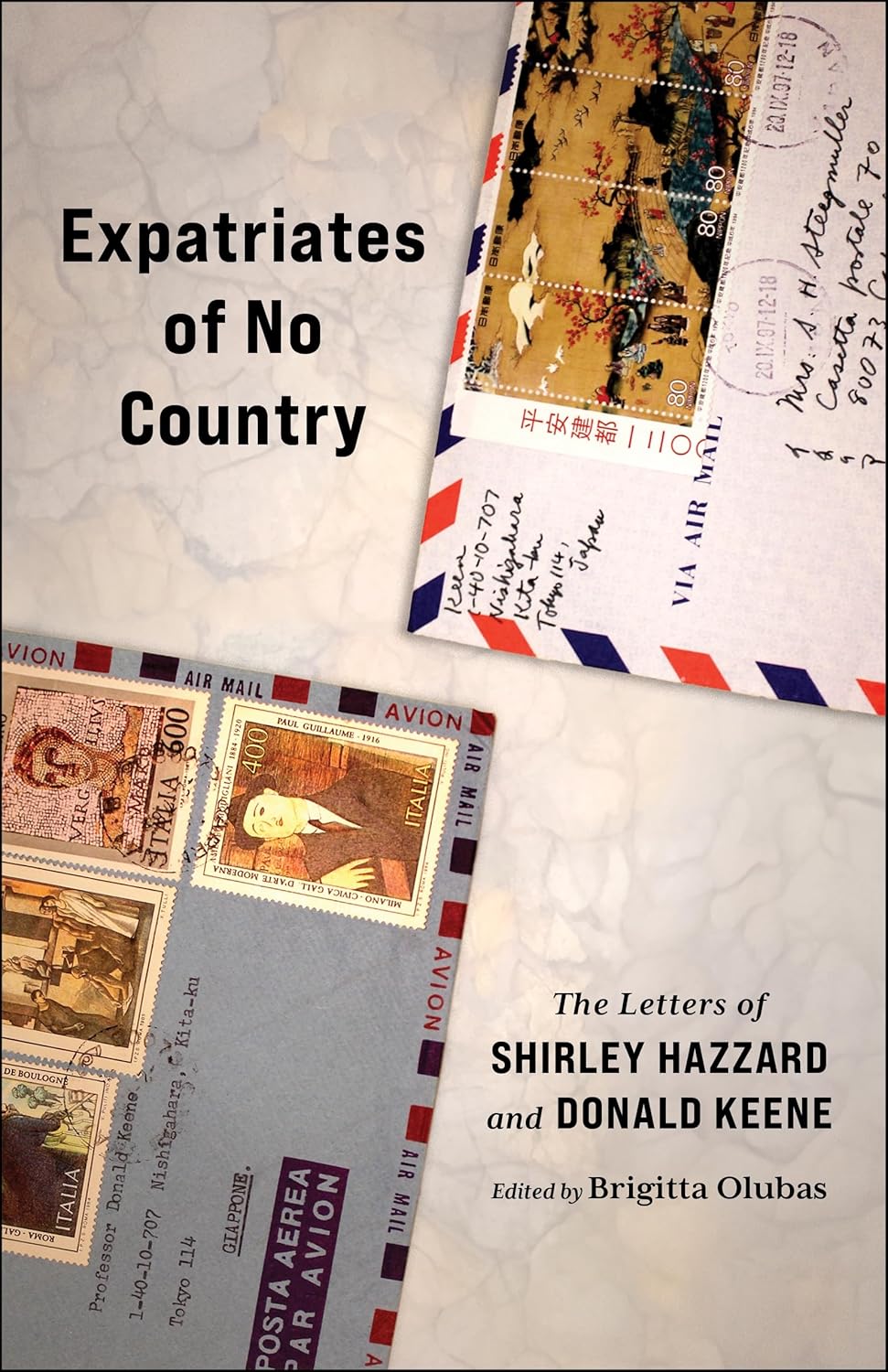
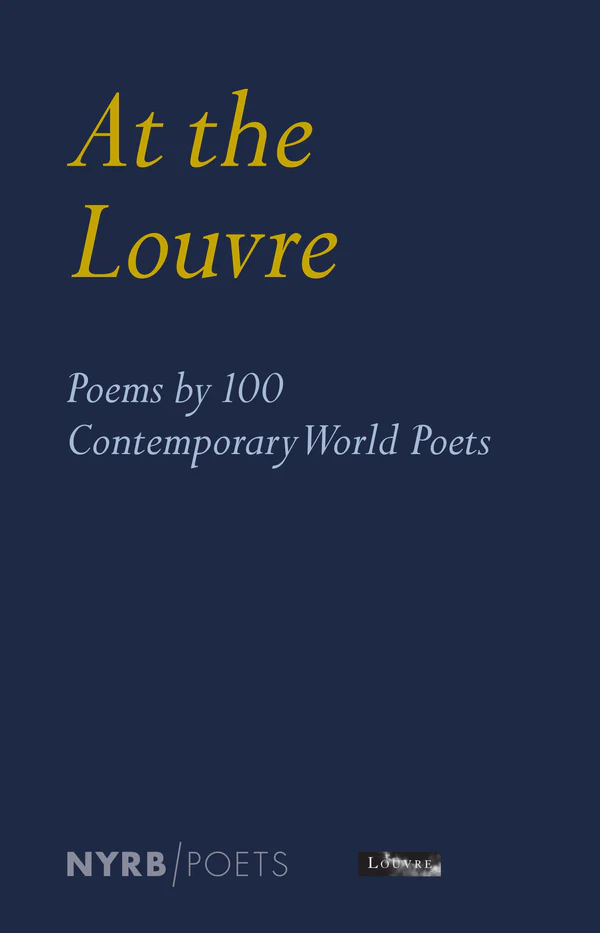

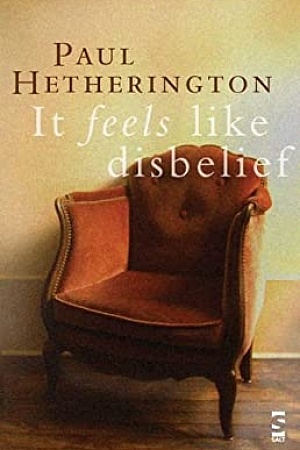
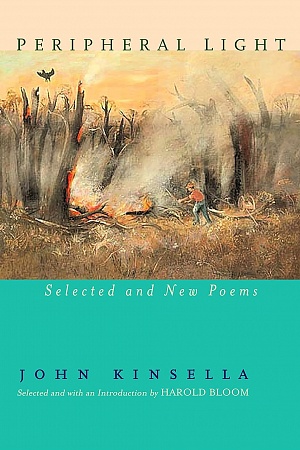





Leave a comment
If you are an ABR subscriber, you will need to sign in to post a comment.
If you have forgotten your sign in details, or if you receive an error message when trying to submit your comment, please email your comment (and the name of the article to which it relates) to ABR Comments. We will review your comment and, subject to approval, we will post it under your name.
Please note that all comments must be approved by ABR and comply with our Terms & Conditions.